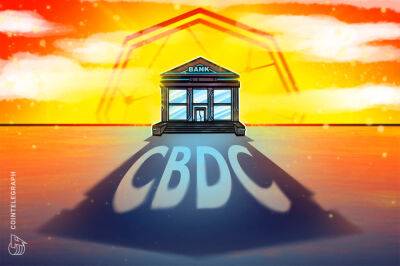Reserve Rights (RSR) builds momentum ahead of its long-awaited mainnet launch
Bitcoin was created to give the average person a peer-to-peer economic system and a store of wealth asset that could provide financial autonomy and access to banking, especially for people living in places where financial services are sparse or non-existent.
In the last five years, there have been a number of blockchain projects that aim to mirror Bitcoin's original mission and the growing popularity of stablecoins further highlights the need for alternative financial models. One project that is beginning to see a bit of momentum is Reserve Rights (RSR), a dual-token stablecoin platform comprised of the asset-backed Reserve Stablecoin (RSV) and the RSR token which helps to keep the price of RSV stable through a system of arbitrage opportunities.
Data from Cointelegraph Markets Pro and TradingView shows that while the price of RSR has been beaten down along with the wider market over the past few months, the token has recently seen an uptick in trading volume which suggests a possible revival could be underway.
Three reasons for the increase in demand for the RSR token include the upcoming launch of the Reserve Rights mainnet, anticipation for token staking and the ability of RSV to maintain its peg during the recent market-wide volatility.
The biggest upcoming development for Reserve Rights that has its community excited is its August launch its mainnet.
Following the launch of Reserve Rights on the Ethereum (ETH) mainnet, the full capabilities of the protocol will be enabled including the ability for anyone to create stablecoins backed by baskets of ERC-20 tokens.
Along with being fully collateralized, stablecoins on the protocol (RTokens )can be insured as a way to help protect against collateral devaluation. RTokens
Read more on cointelegraph.com









![How The Graph’s [GRT] short-term woes can pave way for a better long-term rally - ambcrypto.com](https://finance-news.co/storage/thumbs_400/img/2022/6/16/30015_hgjb.jpg)












